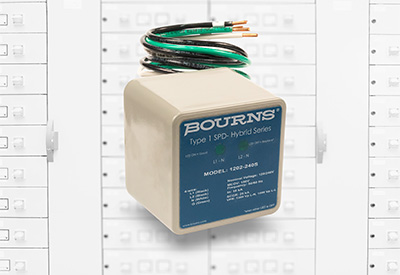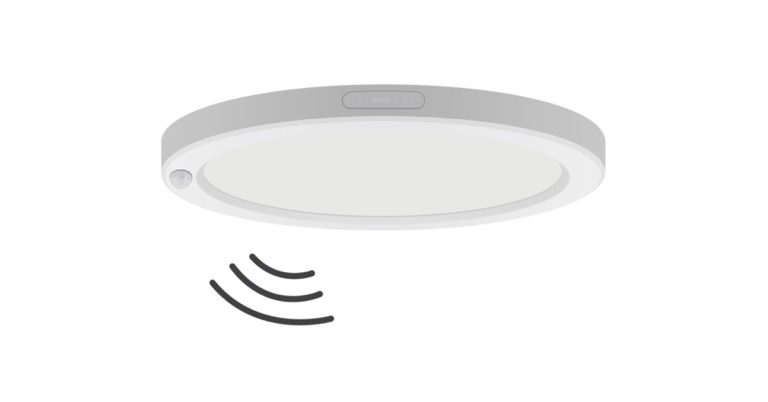Breakthrough Philips LED Horticultural Lighting and Software: Change Light Recipes to Suit Different Crops

July 25, 2016
The Philips GreenPower Dynamic LED horticultural lighting and software allow growers and researchers to adjust dynamically the LED colours in the spectrum (far red, red, white, and blue) as well as individual light intensities. This is in contrast to previous horticultural LED light with a predefined colour spectrum that could not be altered. The new system enables researchers and growers to try out dynamic horticultural LED light recipes, such as adjusting the light colour during the day. This opens up new possibilities to differentiate crop taste and increase yield.
More control over cultivation
“This dynamic growth lighting system is the latest innovation in the Philips Lighting GreenPower LED range” says Udo van Slooten, business leader for Philips Lighting
Horticulture LED Solutions. “Now, growers and researchers can grow a variety of crops with dynamic LED lighting spectra and intensities with just one LED system. This means they can work with dynamic light recipes to meet the different growth needs of specific crops, flowers and plants.”
A recipe combines the following elements: light spectrum, intensity, illumination moment, uniformity and positioning. Using a light recipe, a grower can develop specific plant characteristics, from compactness, colour intensity and branch development to flowering in order to improve results. For instance, some plants benefit from different lighting spectra and intensities during different phases of growth, such as cultivating the red coloration of lettuce. Also, these elements can be used to stimulate stretching or stem elongation to prevent a crop from becoming too long and less strong.
Easy to install and maintain
This dynamic lighting system is equipped with software that makes it easy to adjust the LED colour and intensity. A sturdy cable, connector and mounting brackets are provided, allowing the lights to be easily installed at any height and location needed. An optional cable tree can be used to connect up to 10 Dynamic modules to one junction box.
Find out more: www.philips.com/horti.










![Guide to the Canadian Electrical Code, Part 1[i], 26th Edition – A Road Map: Section 10 – Grounding and Bonding](https://electricalindustry.ca/wp-content/uploads/2022/11/Guide-CE-Code-2.png)





